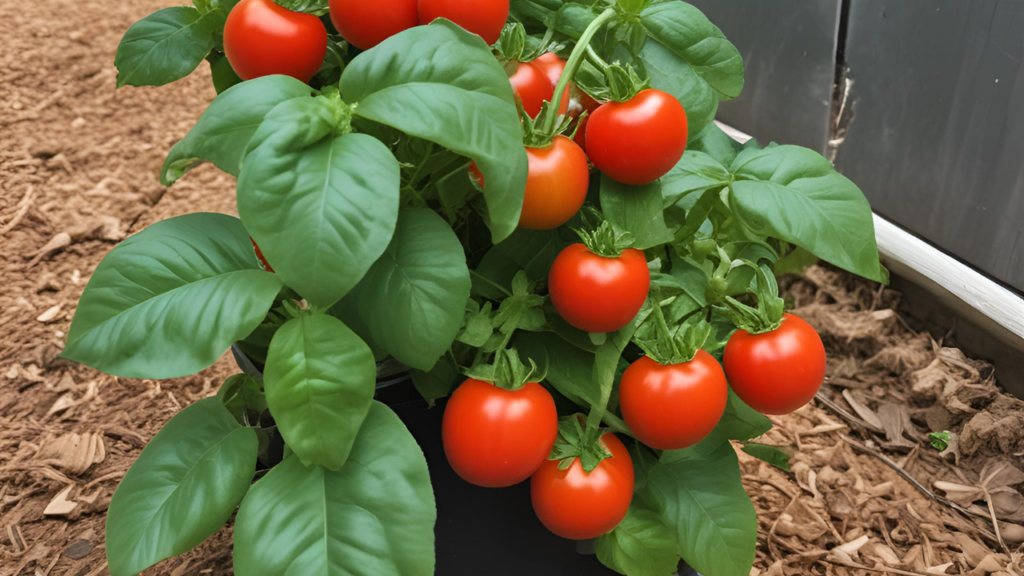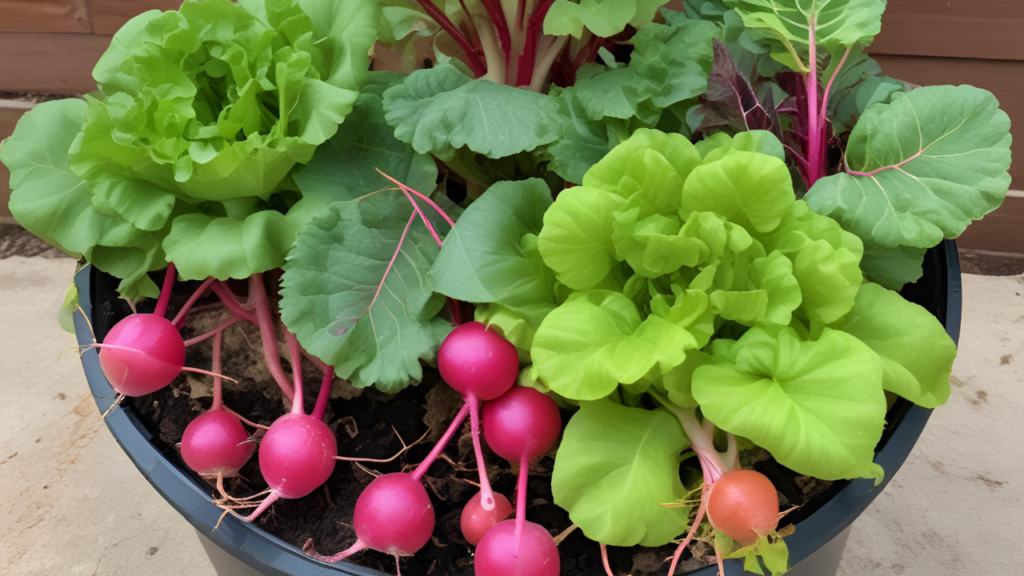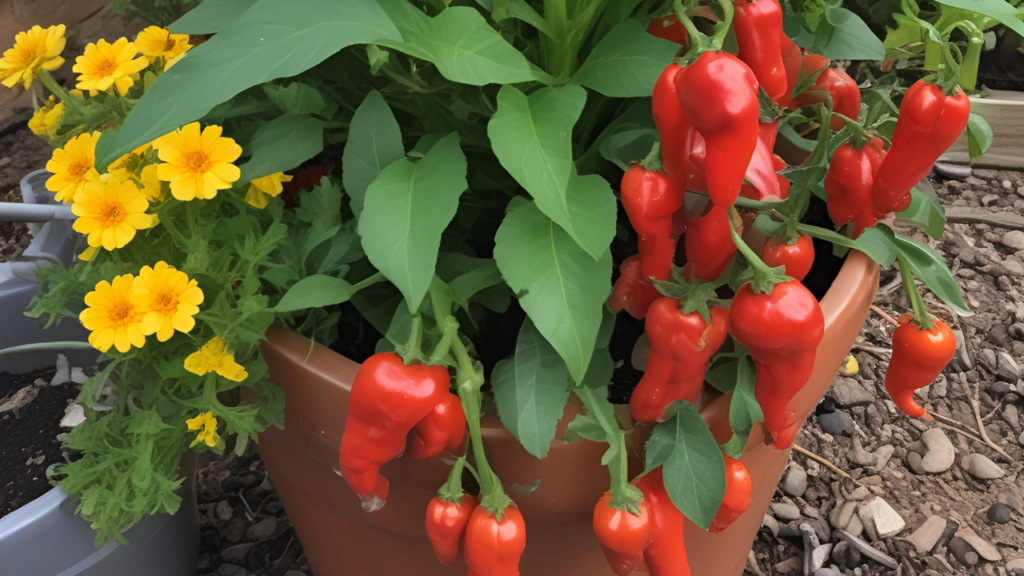Unlock the secrets of companion planting with these seven effective combinations that will boost your garden’s health and productivity. Discover how pairing the right plants together can naturally repel pests, enhance growth, and create a thriving garden ecosystem.
What is Companion Planting?
Companion planting is an age-old gardening technique that involves growing certain plants together to enhance growth, repel pests, and improve overall garden health. By strategically pairing plants, you can create a harmonious garden that thrives naturally. In this article, I’ll share seven companion planting combinations that transform your garden into a productive, pest-free oasis.
Definition and History
Companion planting is the practice of growing different plants close to benefit each other. Various cultures have used this method for centuries to improve crop yields and maintain garden health.
Benefits of Companion Planting
- Pest Control: Certain plants naturally repel pests that may harm their neighbors.
- Improved Growth: Some plants provide nutrients or shade that benefit their companions.
- Biodiversity: Promotes a diverse garden ecosystem, enhancing resilience and productivity.
Basic Principles of Companion Planting
- Mutual Benefits: Pair plants that provide mutual support.
- Diversity: Incorporate a variety of plants to create a balanced ecosystem.
- Rotation: Rotate companion plants to prevent soil depletion and pest buildup.

The Top 7 Companion Planting Combinations
1. Tomatoes and Basil

Basil helps repel aphids, tomato hornworms, and other pests while enhancing the flavor of tomatoes.
- How to Plant: Interplant basil around tomato plants, ensuring enough space for both to grow.
2. Carrots and Onions
Onions deter carrot flies, while carrots help aerate the soil for onions.
- How to Plant: Alternate rows of carrots and onions to maximize their benefits.
3. Beans and Corn
Beans fix nitrogen in the soil, benefiting corn and supporting climbing bean plants.
- How to Plant: Plant corn first, then sow beans around the base once the corn is a few inches tall.
4. Cucumbers and Nasturtiums
Nasturtiums repel cucumber beetles and other pests while attracting beneficial insects.
- How to Plant: Plant nasturtiums around the edges of cucumber beds.
5. Lettuce and Radishes

Radishes grow quickly and help break up soil for lettuce, which benefits from the shade provided by radish leaves.
- How to Plant: Interplant radishes among lettuce rows for mutual benefits.
6. Peppers and Marigolds

Marigolds repel nematodes and other pests, protecting pepper plants.
- How to Plant: Plant marigolds around pepper plants, maintaining proper spacing.
7. Cabbage and Dill
Dill attracts beneficial insects that prey on cabbage pests, while cabbage supports dill.
- How to Plant: Sow dill seeds around cabbage plants, ensuring they have enough room to grow.
Tips for Successful Companion Planting
Planning Your Garden Layout
- Research: Learn about the best companion plants for your garden.
- Design: Create a garden plan that incorporates beneficial plant pairings.
Monitoring Plant Health and Interactions
- Observation: Regularly check your plants for signs of pests or poor growth.
- Adjustment: Adjust your plant pairings as needed based on their performance.
- If you are a beginner gardener, this post will be helpful to you.
Companion planting is a powerful, natural method to boost your garden’s health and productivity. These seven combinations can help you create a thriving, pest-free garden. Experiment with different pairings to discover the benefits of this sustainable gardening technique. Happy gardening!

